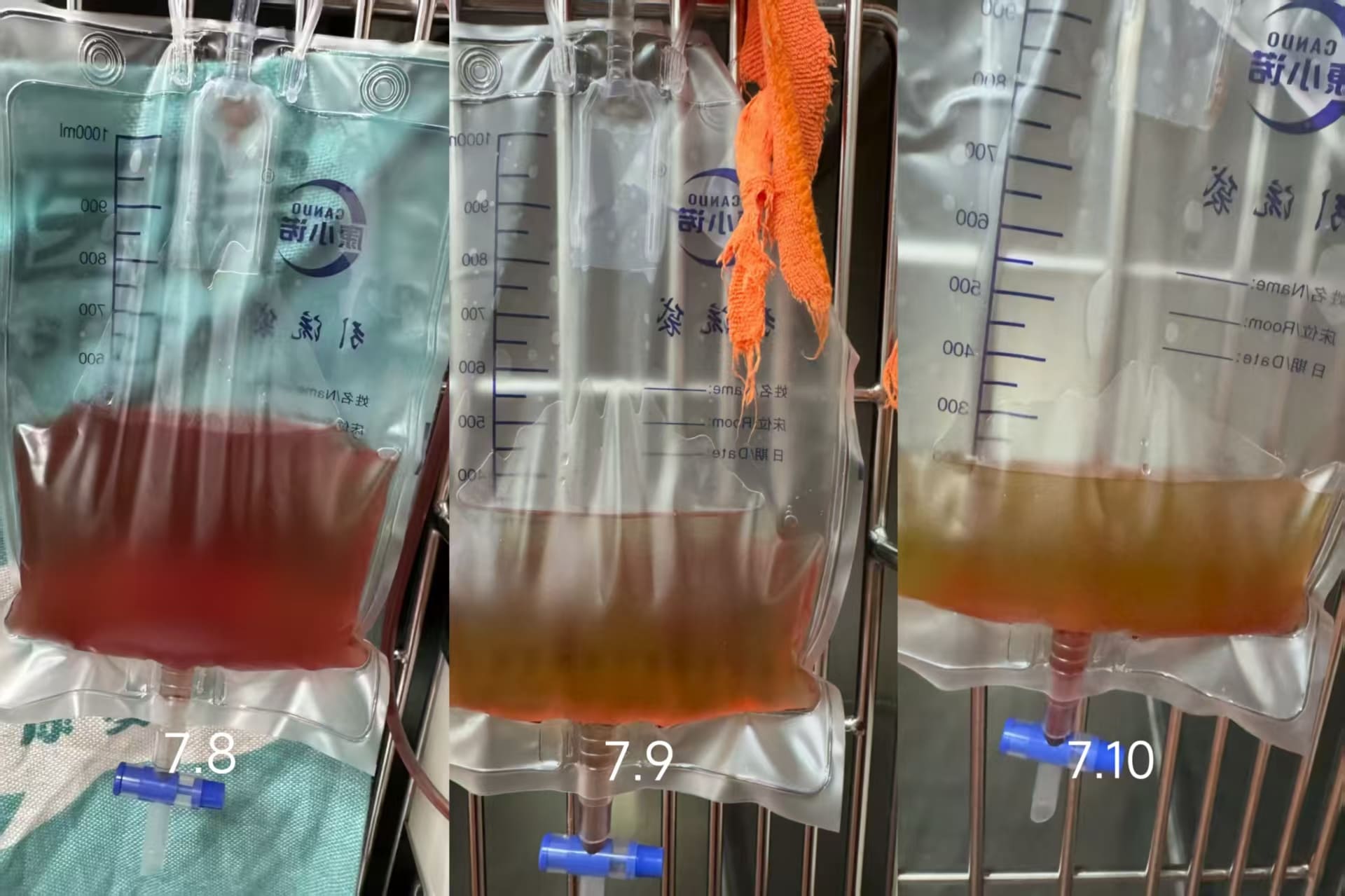1.Patient Background
Species: Feline
Gender: Female
Age: 2 years old
Breed: Maine Coon
2.Chief Complaint
A 2-year-old Maine Coon cat was presented with acute urinary tract obstruction. After surgery, she received three sessions of Class 4 laser therapy. Currently, the cat’s mental state, appetite, urination, and defecation are normal, with clear and blood-free urine.

3.Potential Causes of Urinary Tract Obstruction
Urinary tract obstruction is mainly caused by the following factors:
Urethral plugs (blockage caused by crystals, cellular debris, and mucus)
Uroliths (commonly calcium oxalate or struvite stones)
Feline idiopathic cystitis (stress-induced urethral spasm)
It may be triggered by the following behaviors:
(1) Prolonged urine holding:
Dirty litter boxes or insufficient quantity → Cats deliberately avoid urinating → Overly concentrated urine → Increased the risk of stone and urethral plug formation
(2) Acute stress response:
Moving, new pets/family members, loud noises → Induces feline idiopathic cystitis (FIC) → Urethral mucosal edema and spasm → Functional obstruction
(3) Insufficient water intake:
Eating only dry food and disliking drinking water → Low urine output and concentrated urine → Increased the risk of crystal and stone formation
(4) Obesity + lack of exercise:
Reduced activity, low water intake, and incomplete bladder emptying → Residual urine promotes crystal deposition
4.Treatment Plan
Equipment used in the case: Skyline
Indication selected: Feline - Intra-abdominal - Cystitis. Three sessions of laser therapy were administered, once daily.
5.Conclusion
Class 4 laser therapy relieves bladder and urethral inflammation through deep tissue penetration. It rapidly alleviates pain via photobiomodulation, improves microcirculation, and promotes ATP production and collagen synthesis, thereby accelerating tissue repair. Additionally, it reduces the need for non-steroidal anti-inflammatory drugs (NSAIDs) or opioid analgesics, lowering the risk of drug-related side effects.
References:
[1] Rheinlaser. Class IV Laser Therapy for Feline Urinary Health [EB/OL]. 2024-12-05.
[2] Wellness Veterinary Hospital. Therapeutic Laser [EB/OL]. 2024-06-17.
[3] Lunray. Veterinary Laser Treatment of Urethrostomy [EB/OL]. 2023-02-24








